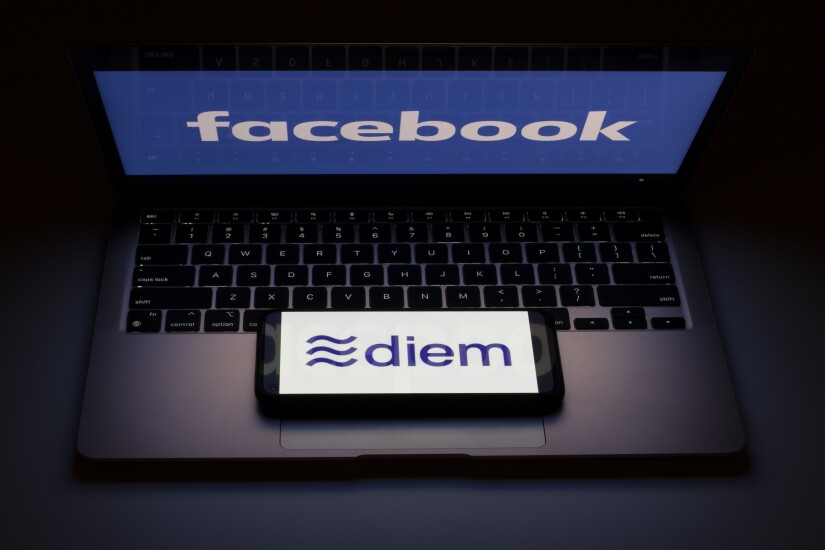The wave of innovation that accompanied the pandemic is far from over. Already, the move to remote work and digital commerce has reshaped how people handle retail shopping, cryptocurrency, B2B payments and cross-border transactions.
The seismic shift began last year, when COVID-19 caused in-person card payments to decline by 11.7 billion transactions, or 13%, from 2019. Simultaneously, online and in-app payments rose by 8.7 billion transactions, or 24%, according to data the Federal Reserve released in December.
Pressure to improve the speed, accuracy and security of payments increased, pushing crypto closer to the mainstream. Now central banks around the world — including China — are flirting with the launch of their own digital currencies.
Fintechs are enabling many of these new payment innovations, and in some cases they're directly challenging traditional financial services providers. In others, fintechs are partners instead.
The interplay between fintechs, banks and credit unions has never been more dynamic, and it will likely become even more so in 2022. Here are the top trends to watch:














